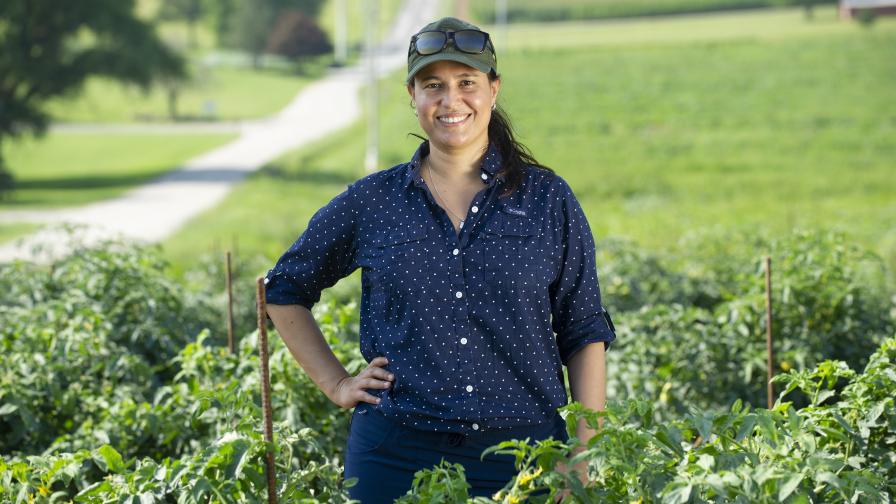In Focus: Kieth Hollingsworth On Sprayers

Hollingsworth: “I guess it would depend on how expensive the tank mix is and how critical the application is. There can never be enough said about a job done right. Wrong or worn out tips can lead to inconsistent spray pattern, excessive drift, over-application, etc. Any of these can cause damage to the crop you are spraying or off target plant damage.”
2. Low-volume (LV) application in citrus is still relatively new. How are growers utilizing the practice (targeting hot spots or general applications) and what has been the rate of adoption of the practice?
Hollingsworth: “Control of the citrus psyllid has become paramount with Florida growers. The psyllid is actually easy to kill but extremely resilient, re-infesting treated groves within weeks and requiring many more spray applications during the growing season. With a growing number of insecticides labeled for low- and ultra-low volume application and emerging application technologies, lower volume sprays have proven to be an effective supplement to traditional spray applications. LV sprayers are a great tool for treating hot spots and grove perimeters. As citrus health management areas increase around the state, more growers will take advantage of low-volume equipment to complete the application within the target time period.”
3. What are some considerations when selecting the right nozzles and tips for applications?
Hollingsworth: “Spray tips are characterized by their size, spray pattern, and spray angle. Some are made to overlap, others are not. Some introduce air to increase droplet size and reduce drift, some break up particles to increase coverage. Consider the chemicals you are applying and their mode of action. A soil-applied herbicide requires a different type of nozzle than a foliar-applied fungicide. Always consider drift: Is it unacceptable if there are workers present and/or if susceptible crops are nearby? All considerations aside, calibration is the main key. The best nozzles with the best setup is still not effective until the sprayer is calibrated.”
4. Are you seeing growers moving toward precision ag types of applications? If so, in what ways?
Hollingsworth: “Only progressive growers can survive today in such a challenged industry. More than 10 years ago, we introduced our first fertilizer spreader with a tree sensing system, which would automatically adjust the application rate based on the height of the tree and stop application at empty spaces. This year, at the Florida Citrus Show, we introduced our Generation III tree sensing system. Newer technologies are offering better ways to create site-specific prescription maps, based on tree vigor and health, pest and disease presence, crop specific requirements, once again requiring the need for site-specific application equipment.”










